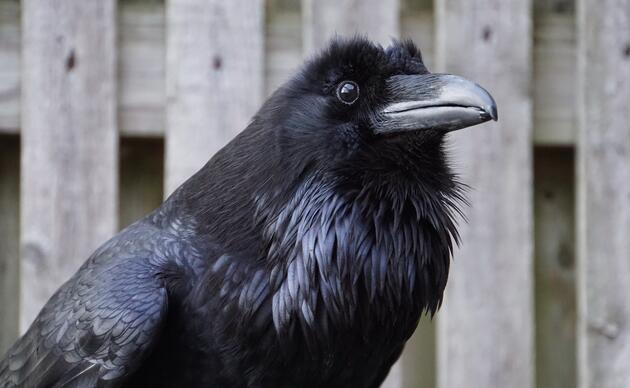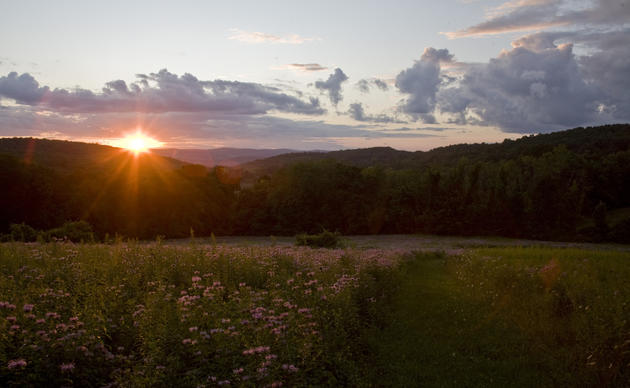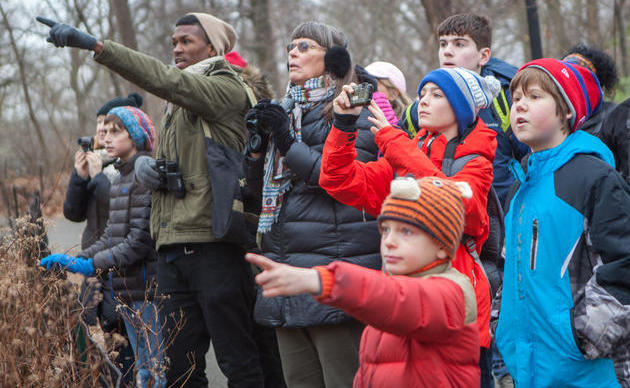Brought to Sharon Audubon Center: Boomer 2013, Zenaida 2017
Injury: Imprinted
History: Boomer was admitted into rehabilitation as a fledgling who had been raised by people. Because of improper feeding, Boomer had a terrible infection in his crop that required intensive treatment. Due to his continuous exposure to people prior to arriving into rehabilitation, it was already too late for him to “wild up” and learn that he is a Mourning Dove and not a person. Despite our best efforts of raising him with other young doves in rehabilitation in hopes he would integrate into the wild group, the damage had already been done.
Zenaida was admitted into rehabilitation as an older fledgling, very emaciated and weak. She was raised in a group of other orphaned Mourning Doves, but she did not interact normally with the other doves during the entirety of her stay in rehabilitation. She was exceedingly calm and interactive with people, despite growing up with others of her kind. We suspect she may have been found by someone as a younger baby, who raised and released her without realizing she had become imprinted on people. This would explain the circumstances of her physical condition on arrival to rehabilitation and why she prefers being with people instead of other doves.
Imprinted birds are unable to recognize others of their own species or know how to survive out in the wild. They gravitate towards people for food and social interaction. This is why it is so important that distressed wildlife are cared for by licensed rehabilitators who are trained to raise wildlife and keep them wild!
Mourning Dove (Zenaida macroura)
Average Height: 9 - 13 inches
Average Weight: 3 - 5.5 oz
Wingspan: 17.7 inches
Life Span: 20+ years
Description: A Mourning Dove is a full-bodied and long-tailed dove that boasts a small head relative to its body size. Plumage is soft brown with conspicuous black spots on the wings to help the bird camouflage into its surroundings, as it spends much of its time foraging for seeds on the ground.
Call: Unmated male Mourning Doves give a three-parted “nest call” while construction of the nest is underway: coo-OO-oo. Females will sometimes give an ohr-ohr while sitting on the nest.
Range: Year-round resident of most states in the U.S., except for the Upper Midwest where it only breeds there and migrates to nearby states in the fall. It is also a permanent resident of many parts of the Caribbean and much of Mexico.
Habitat: Open spaces that include fields, forest edges, roadsides and urban parks.
Diet: Seeds make up 99% of a Mourning Dove’s diet.
How you can help, right now
Learn & Explore
Where birds thrive, people prosper. Help us transform local communities into places where birds flourish. Learn what you can do to nurture wildlife, nature, and conservation in Connecticut.
Support Our Work
Through land stewardship, science, education, and advocacy, we work to preserve habitat and protect bird species that are of state, national, and global concern. Your gift makes a difference.
Join Our Family
When you become a member of Sharon Audubon Center, you are protecting critical woodlands and a natural heritage for generations to come. Help us do great things.




